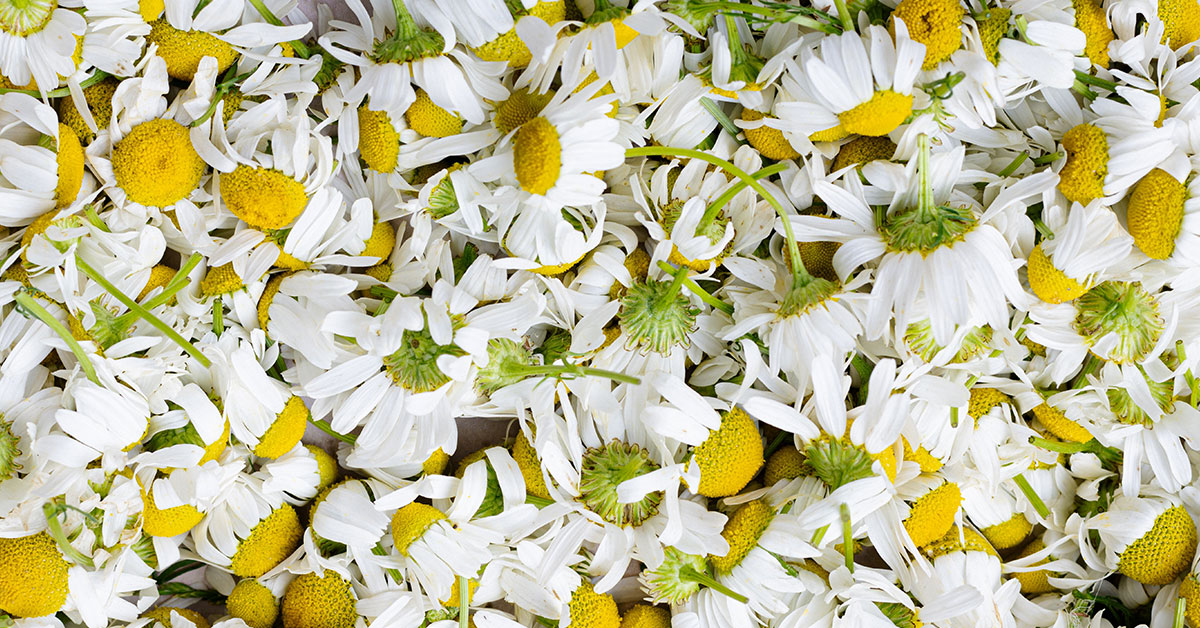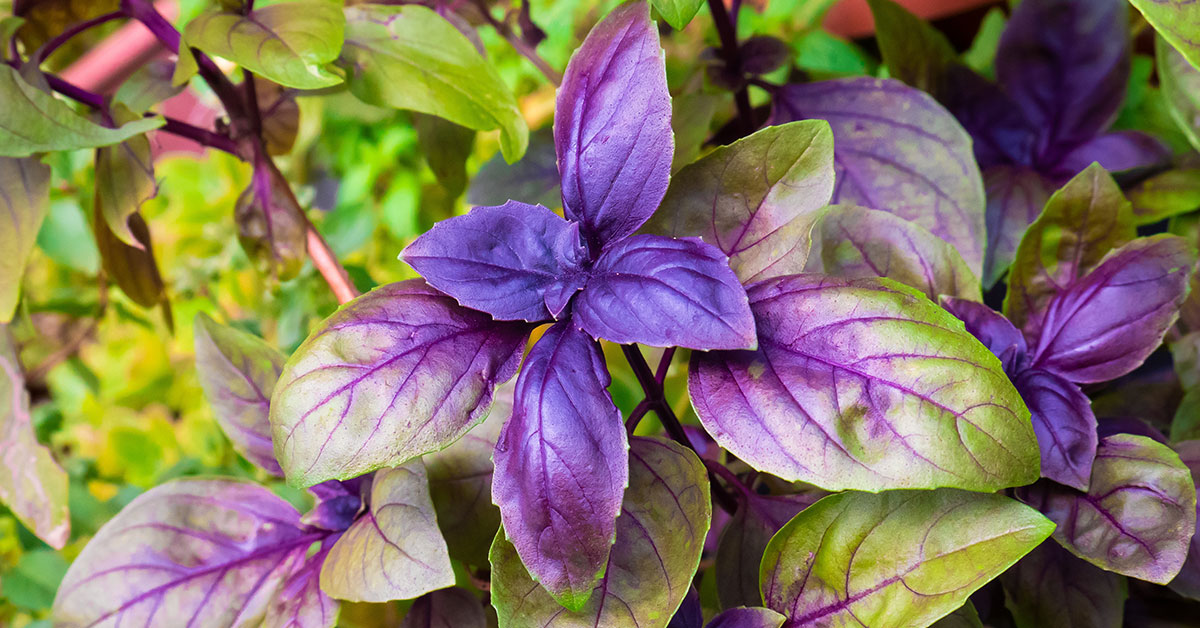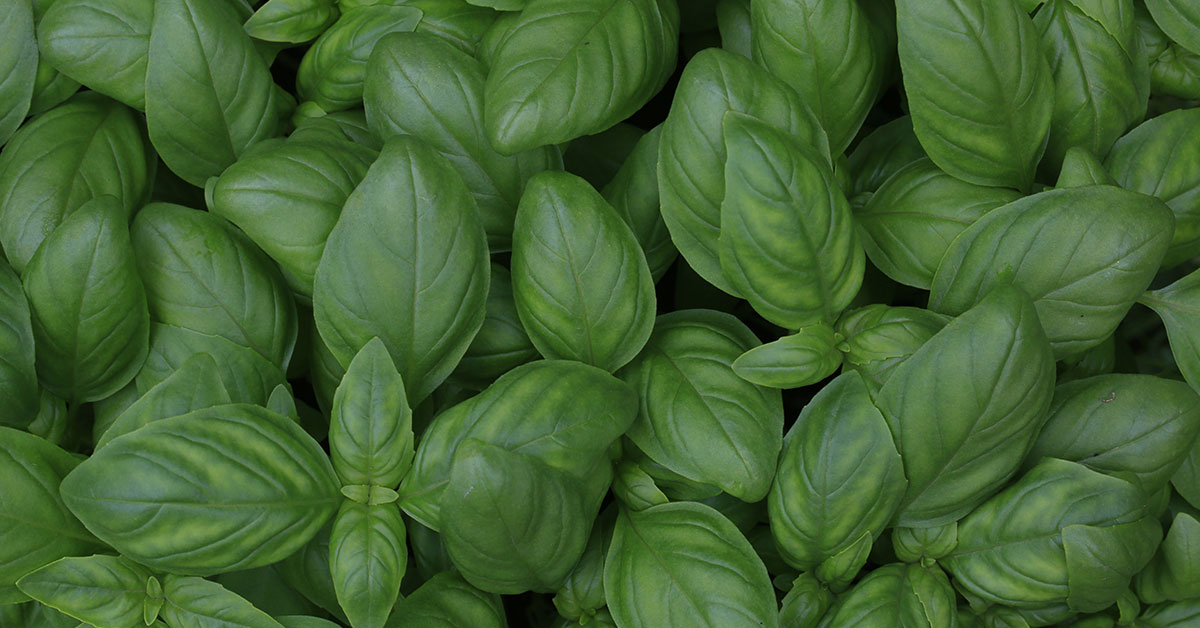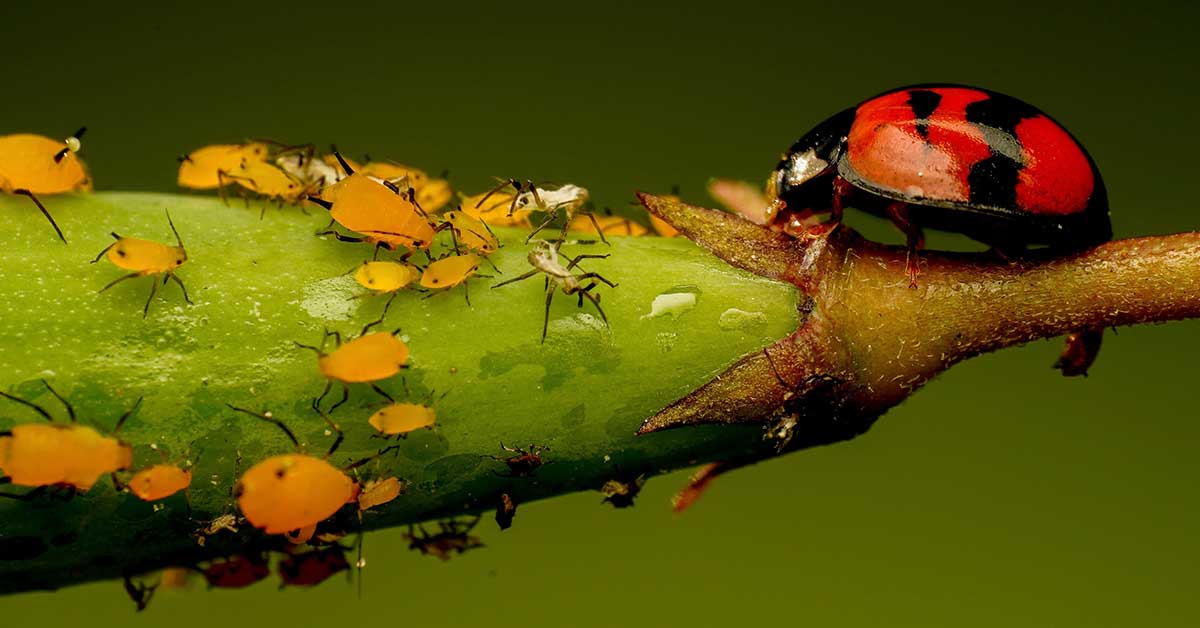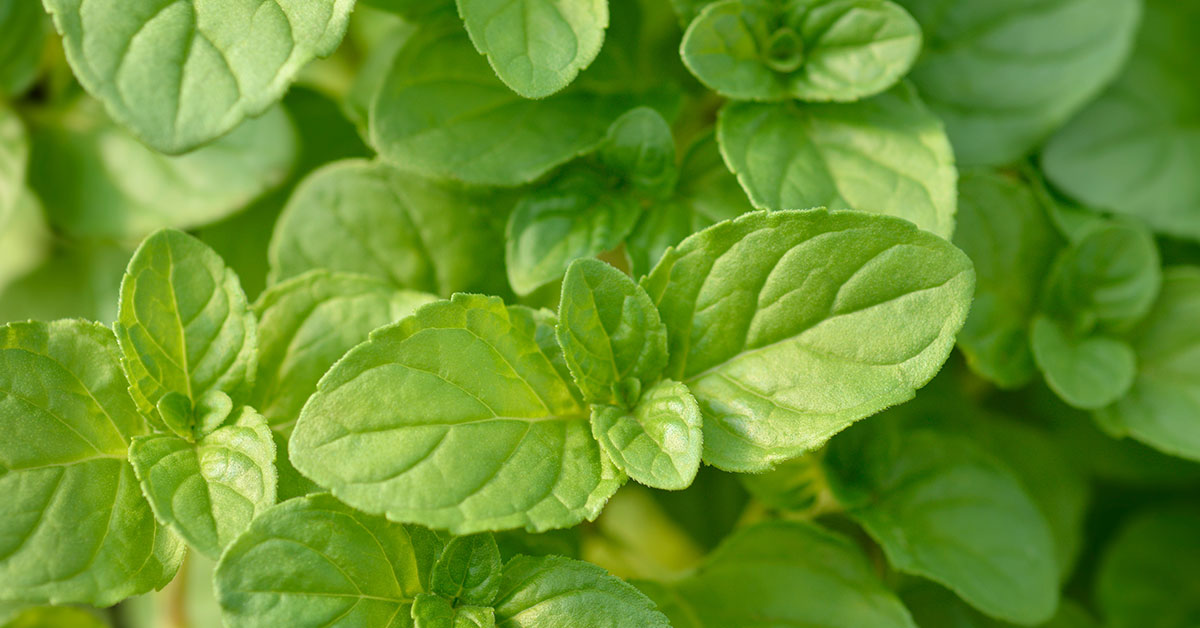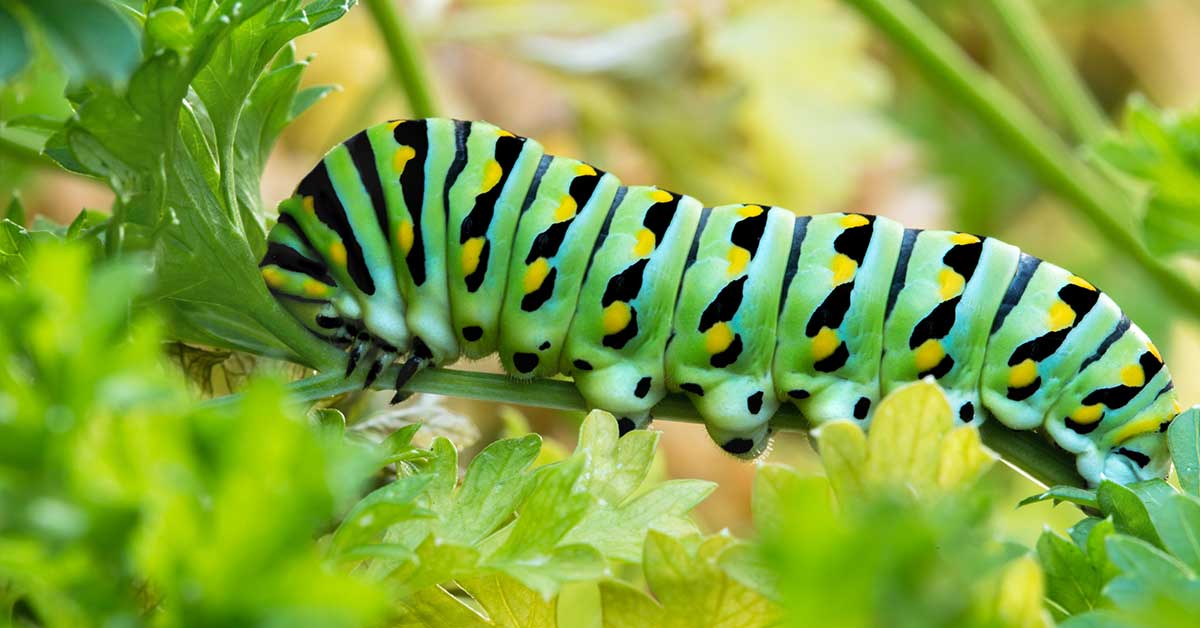Are you an avid gardener looking to add some vibrant and versatile plants to your garden? Look no further than the gorgeous echinacea, also known as the coneflower. With its stunning array of colors and impressive medicinal properties, echinacea is a popular choice among gardeners in the UK. In this article, we will explore the best time to plant echinacea in the UK, taking into consideration the climate and growing conditions specific to this region.
Whether you are a novice gardener or a seasoned pro, this guide will provide you with the knowledge you need to cultivate flourishing echinacea plants in your own backyard.
Best echinacea varieties to grow in the UK
There are several good varieties of echinacea that grow well in the UK. Here are a few popular choices:
- Echinacea purpurea: This is the most common variety and is known for its large, daisy-like flowers with purple-pink petals and prominent cone centers. It is a hardy perennial that thrives in a variety of soil types.
- Echinacea pallida: This variety has pale pink to white petals and a cone center that starts off pale green and turns bronze as it matures. It prefers well-drained soil and can tolerate drier conditions compared to other varieties.
- Echinacea angustifolia: Also known as narrow-leaved coneflower, this variety has long, narrow leaves and pink to purple flowers. It is native to North America and is well-suited to UK gardens.
- Echinacea purpurea ‘White Swan’: This cultivar features pure white petals and a prominent cone center. It adds a touch of elegance to any garden and pairs well with other colorful varieties of echinacea.
- Echinacea ‘Magnus’: This variety is known for its large, vibrant pink flowers and sturdy stems. It is a reliable performer and attracts pollinators to the garden.
When selecting echinacea varieties for your garden, it’s important to consider factors such as soil type, sunlight exposure, and overall garden aesthetic. Additionally, make sure to purchase plants from reputable nurseries to ensure you are getting healthy and true-to-type specimens.
When to plant echinacea in the UK
In the United Kingdom, gardeners often refer to the Royal Horticultural Society’s hardiness zones to determine suitable planting times for various plants. These zones are based on the average winter minimum temperatures experienced in different regions of the country. The UK is divided into four main hardiness zones: H1, H2, H3, and H4.
H1 represents the mildest areas of the UK, such as parts of Cornwall and the Isles of Scilly, where winter temperatures rarely drop below freezing. H2 includes regions like London and the South West, with minimum temperatures ranging from -5°C to -1°C. H3 covers areas like Birmingham and Manchester, where winter temperatures can range from -5°C to -10°C. Lastly, H4 represents the coldest parts of the UK, including the Scottish Highlands, where winter temperatures can dip below -15°C.
When it comes to planting echinacea, also known as coneflower, it is essential to consider its hardiness and the prevailing weather conditions in your specific region. Echinacea is generally considered hardy in the UK, particularly the species Echinacea purpurea and Echinacea pallida. These plants can tolerate a wide range of conditions, but it is still advisable to choose the appropriate time for planting.
The best time to plant echinacea in the UK is during the spring or autumn, when the soil is moist and temperatures are moderate. Spring planting allows the plant to establish its root system before the heat of summer, while autumn planting allows the roots to settle in before winter dormancy. By avoiding extreme temperatures, you give your echinacea the best chance to thrive.
It’s worth noting that echinacea is a perennial plant, meaning it will come back year after year. So, once you have successfully planted it, you can enjoy its colorful blooms for many seasons to come. Remember to provide well-drained soil, ample sunlight, and regular watering to ensure the health and vitality of your echinacea plants.
If you live in a colder region, such as H3 or H4, it may be beneficial to provide some winter protection for your echinacea plants. Adding a layer of mulch around the base of the plant in late autumn can help insulate the roots and protect them from freezing temperatures.
In conclusion, the best time to plant echinacea in the UK is during the spring or autumn, depending on your local weather conditions. By considering the hardiness zones and the specific needs of echinacea, you can create an ideal environment for these beautiful flowering plants to thrive in your garden.
When to harvest echinacea in the UK
The optimal time to harvest echinacea in the UK is generally in late summer or early autumn, typically from July to September. This is when the plant is in full bloom and its medicinal properties are at their peak. Look for flowers that have fully opened and are vibrant in color. Harvesting at this time ensures that you capture the maximum amount of beneficial compounds in the plant, such as polysaccharides and alkamides. Remember to leave enough flowers on the plant to allow for pollination and seed production to support the following year’s growth.
Other considerations
When growing echinacea (also known as coneflower) in the UK, there are several additional considerations to keep in mind:
- Climate: Echinacea thrives in temperate climates. While it can tolerate some cold temperatures, it prefers warmer conditions. Ensure that your location in the UK provides enough sunlight and warmth for the plant to flourish.
- Soil: Echinacea prefers well-draining soil with a pH level between 6.0 and 7.0. If your soil is heavy or clay-like, consider adding organic matter such as compost or well-rotted manure to improve drainage.
- Watering: Echinacea is drought-tolerant once established, but it requires regular watering during its initial growth phase. Water the plants deeply, but avoid over-watering, as it can lead to root rot.
- Mulching: Applying a layer of organic mulch around the base of echinacea plants can help retain moisture, suppress weed growth, and regulate soil temperature. Apply the mulch in early spring, once the soil has warmed up.
- Planting: Echinacea should be planted in spring or early summer, as it prefers warmer soil temperatures. Space the plants about 18-24 inches apart to allow for adequate air circulation and prevent overcrowding.
- Fertilizer: Echinacea is generally low-maintenance and doesn’t require heavy fertilization. However, adding a balanced organic fertilizer in early spring or top-dressing with compost can provide a nutrient boost.
- Deadheading: Regular deadheading (removing faded blooms) will not only keep the plants looking tidy but also encourage continuous flowering. It also prevents the plant from self-seeding excessively.
- Pests and diseases: Echinacea is relatively resistant to pests and diseases. However, keep an eye out for aphids, slugs, and snails, which can occasionally feed on the plants. If necessary, use organic pest control methods to manage these issues.
- Winter care: Echinacea is generally hardy, but in colder UK regions, it might benefit from some winter protection. Applying a layer of mulch around the base of the plant in late autumn can help insulate the roots and prevent frost damage.
By considering these factors, you can create an optimal environment for growing echinacea in the UK and enjoy its beautiful blooms for years to come.




